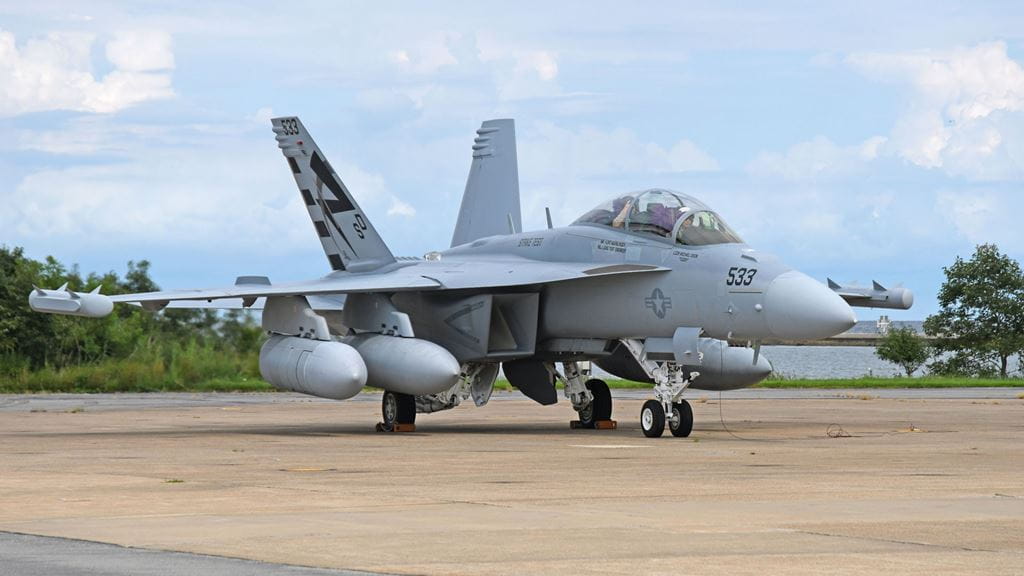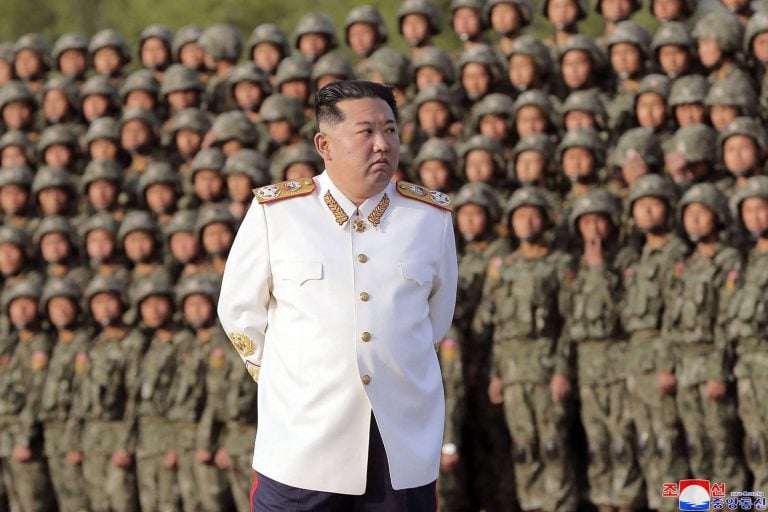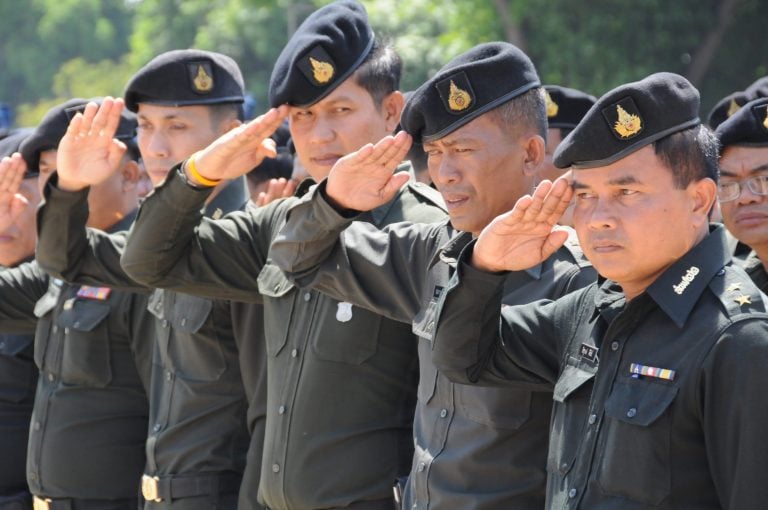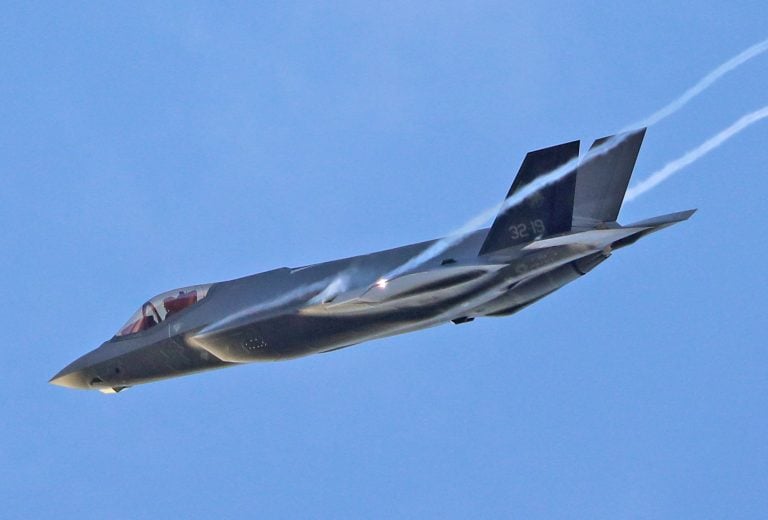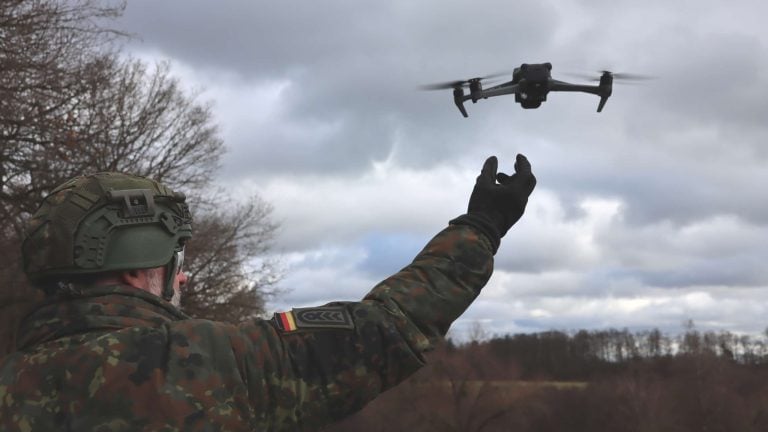The US Navy has awarded Raytheon a substantial $580 million follow-on production contract specifically for the Next Generation Jammer Mid-Band (NGJ-MB) system. This contract encompasses the production of NGJ-MB pod shipsets, which includes units intended for the Royal Australian Air Force, as well as necessary spares and support equipment, extending the production timeline through 2028.
This recent contract follows a nearly identical agreement worth $590 million awarded to Raytheon in December, which also focuses on the continued development and production of the NGJ-MB system.
Barbara Borgonovi, President of Naval Power at Raytheon, highlighted the significance of the Offensive Electronic Attack capabilities, noting that they provide critical combat advantages. “Offensive Electronic Attack provides a tremendous combat capability, protecting strike packages, kinetic weapons, and high-value airborne assets across a broad range of missions,” she stated. Borgonovi emphasized that this contract will enhance the readiness of naval aviators in various theaters, enabling them to effectively counter adversary threats and support broader joint military operations.
The NGJ-MB serves as a modern replacement for the outdated 50-year-old analog ALQ-99 jammer, which is currently mounted on the EA-18G Growler electronic warfare aircraft utilized by both the US Navy and the Royal Australian Air Force. This sophisticated electronic attack system has been developed collaboratively with the Royal Australian Air Force and comprises two pods equipped with multiple active electronically scanned arrays. These advanced pods are designed to deny and deceive adversarial radar systems across a critical frequency range of 2 GHz to 6 GHz, which is crucial for mitigating a variety of threats, including communications and data links.
Having achieved its initial operational capability in December, the NGJ-MB was notably deployed for the first time in 2024 in operations against the Iran-backed Houthis in Yemen, marking a significant milestone in its operational effectiveness and integration into active military engagements.
